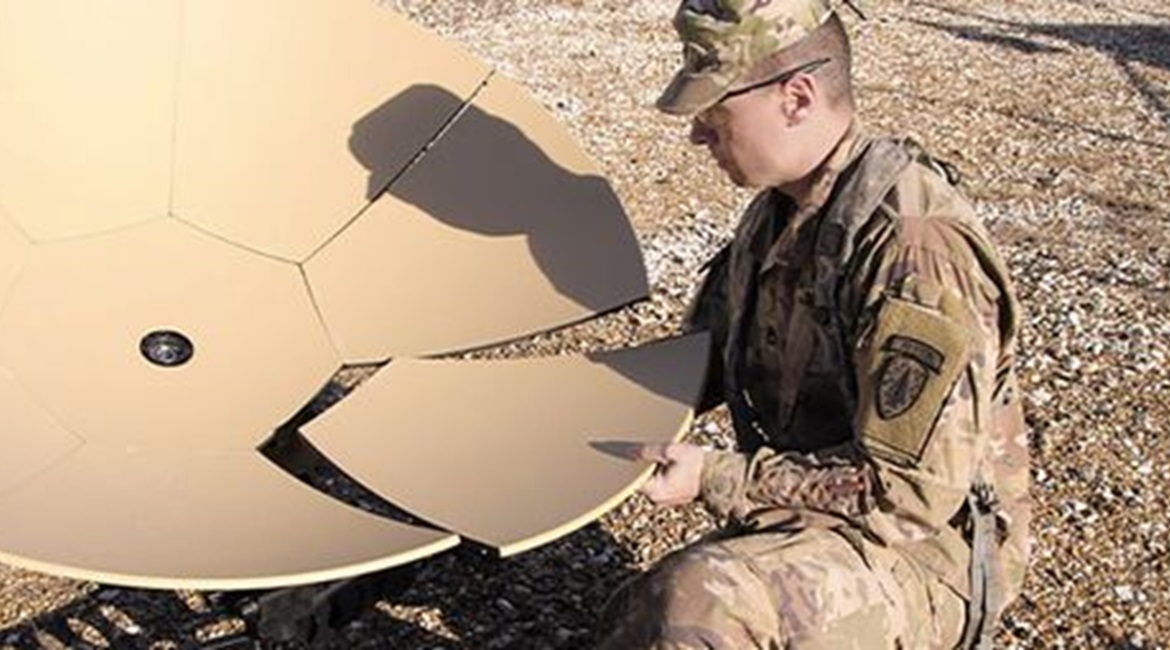
Adoption of a so-called hybrid satellite communication (satcom) architecture by the US Army, which would allow data transmission across multi-orbital satcom networks as well as terrestrial wireless systems, could be in place with army units by 2027, a senior industry official said.
The stand-up and integration of a full-fledged hybrid satcom architecture would likely coincide with the Capability Set 27 (CS27) of the Integrated Tactical Network (ITN), according to Craig Miller, president of government systems at Viasat.
“In [CS27] you are going to see in the satcom piece ... you will see the sort of hybrid networking” Viasat and other commercial satcom providers have been advocating for, Miller told Janes. “Not just in the roaming sense, where I am on one network and then I decide to go on to another network for [a period of] time. You will see sort of traffic flow-based routing, where users are able to be on several networks simultaneously,” he added.
The notion of a hybrid satcom architecture is akin to how cellular data is transmitted during voice and video calls, as well as other means of electronic communication, according to Miller. A cellular signal can ping across any number of cellular provider networks and infrastructure, transmitting on to one network, then leapfrogging across other networks until the data reaches its destination.
In terms of satcom, under a hybrid approach, a data transmission can be initiated through a network at geosynchronous (GEO) orbit, then jump onto a satcom network at medium-Earth orbit (MEO) or low-Earth orbit (LEO) – and potentially back up the orbital satcom chain – until the data transmission reaches the receiver.

Looking to read the full article?
Gain unlimited access to Janes news and more...




